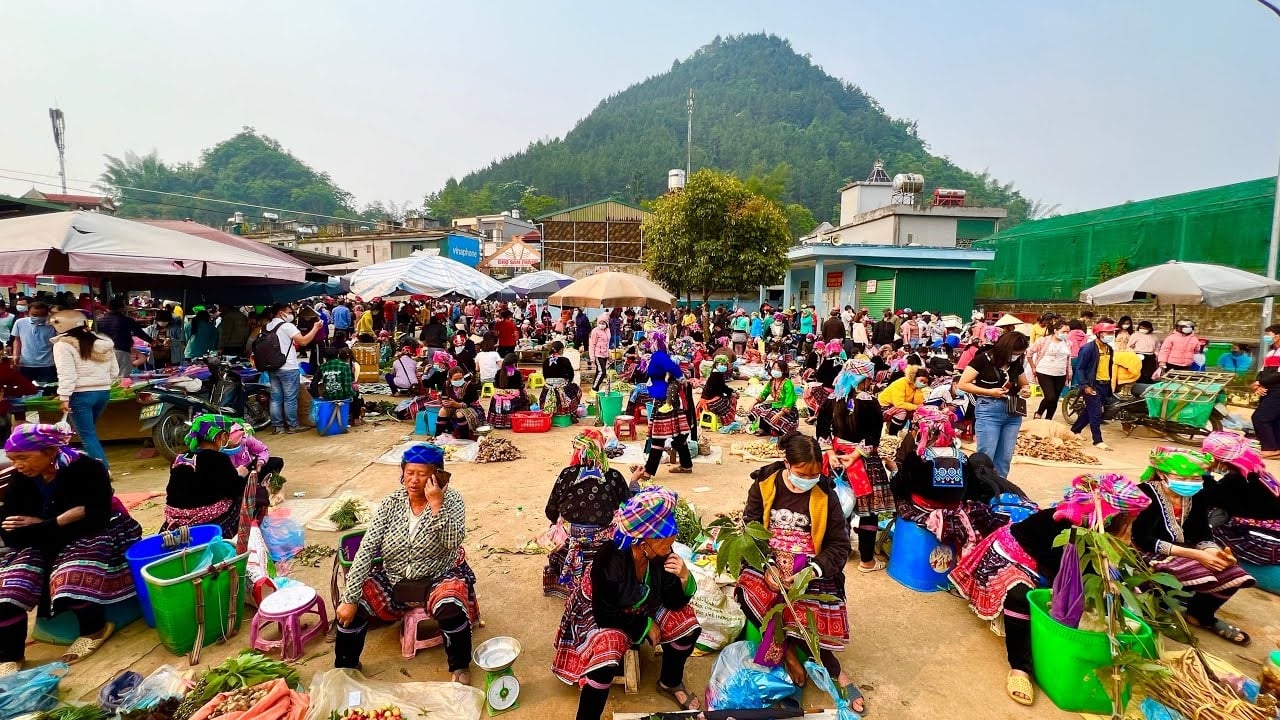
Market situation survey
In 2021, the General Statistics Office conducted a nationwide market network survey. According to the survey results, the country has 8,581 markets of all types, including 236 class 1 markets; 902 class 2 markets and 7,443 class 3 markets. In mountainous areas, areas with a large population of ethnic minorities, there are mainly class 3 markets.
A Class 3 market is a market with less than 200 business locations or has not been invested in permanent or semi-permanent construction; has a market area suitable for the scale of market operations; organizes minimum activities such as public sanitation.
For example, the Northwest region has 243 markets, of which 239 are class 3 markets and only 4 are class 2 markets (markets with 200 to 400 business locations, invested in solid or semi-solid construction according to planning);
The North Central region has 1,185 markets, of which 1,145 are class 3 and 16 are class 1 (markets with over 400 business locations, invested in solid construction according to planning); ...
According to economic expert Vu Vinh Phu, in the rural and mountainous commercial infrastructure, traditional markets still affirm their indispensable role and position in people's daily lives.
Therefore, in recent years, with the efforts of mountainous localities, policy support from the Government , ministries and branches, the development of commercial infrastructure in mountainous areas, including the development of market systems, has had many improvements.
Particularly for the period 2021 - 2025, from the proposal of the Ministry of Industry and Trade, the investment policy for developing markets in mountainous areas is integrated in Content No. 2, Sub-project 1 - Project 4 of the National Target Program on socio-economic development in ethnic minority and mountainous areas (National Target Program 1719).
According to Document No. 4292/BCT-TTTN dated July 25, 2022 of the Ministry of Industry and Trade guiding the implementation of the National Target Program 1719 chaired by the Ministry, in the period of 2021 - 2025, there will be 3,788 new markets invested in (on old market grounds) in 37 provinces; in addition, there will be 1,972 markets in 40 provinces and cities allocated capital for upgrading and renovation.
After more than 4 years of implementing Content No. 2, Sub-project 1 - Project 4 of the National Target Program 1719 and other mountainous trade development projects, the current situation of markets in ethnic minority and mountainous areas has changed compared to the data in the national market network survey conducted by the General Statistics Office in 2021.
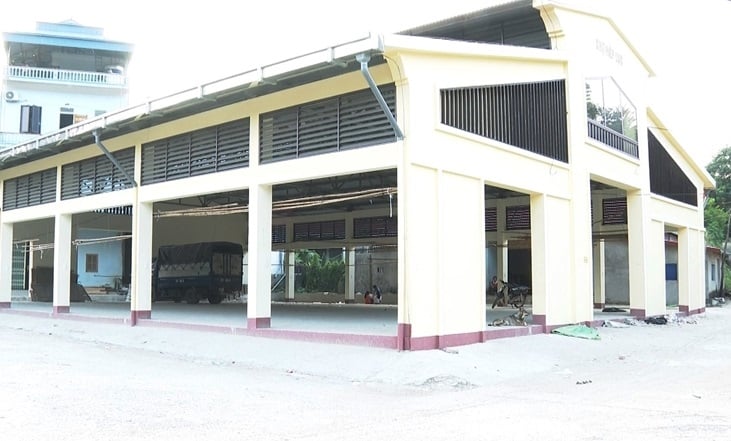
Therefore, in the survey on the socio-economic situation of 53 ethnic minorities in 2024, the Ethnic Committee and the General Statistics Office collected information on the market situation in communes/wards/towns in ethnic minority and mountainous areas.
The investigators collected the total number of markets in the communes/wards/towns, classified the markets according to the criteria in Decree No. 60/2024/ND-CP, dated June 5, 2024 of the Government regulating the development and management of markets. This can be considered a comprehensive survey of the current situation of markets in ethnic minority and mountainous areas.
Balance resources for investment
Collecting information on the current market situation in communes/wards/towns in the survey is of great significance in the development of trade in ethnic minority and mountainous areas. The collected data will reflect the investment efficiency of programs and projects; at the same time, identify shortcomings and problems for timely adjustment.
Implementing Sub-project 2 - Project 4 under the National Target Program 1719, the Ministry of Industry and Trade was assigned to preside over and coordinate with localities to deploy Content No. 02 "Investing in construction, renovation and upgrading of market networks in ethnic minority and mountainous areas". In some localities, there has been a situation of unsystematic investment, leading to unbalanced capital sources and unfinished projects.
For example, in Phuc Ung commune, Son Duong district (Tuyen Quang), a new market was invested in at the end of 2023, with a total cost of 4.4 billion VND under the National Target Program 1719. Because the old market location did not have enough space, the local government chose to invest in a new location on an area of 1.4 hectares.
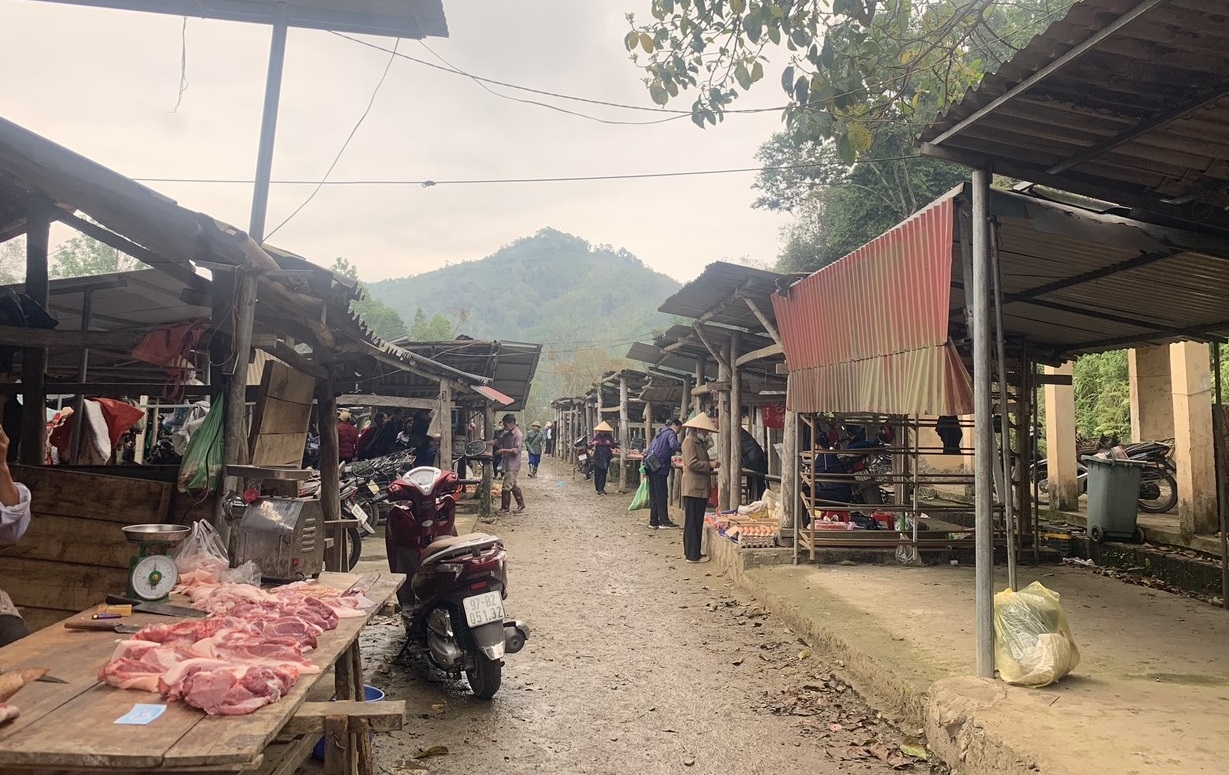
Due to the large area, after leveling the ground, compensating and clearing half of the land (0.7ha) and building the drainage system and irrigation canals, the funding ran out. Other items have not been invested in, so the market cannot be put into operation.
The "half-hearted" situation at Phuc Ung commune market was recorded in the investigation and collection of information on the socio-economic situation of 53 ethnic minorities in 2024. According to Decree No. 60/2024/ND-CP, dated June 5, 2024 of the Government regulating the development and management of markets, Phuc Ung commune still only has a class 3 market, although the market area is currently "standard enough" to be upgraded to a class 2 market if there are more investment resources.
The reality in Phuc Ung commune shows that balancing resources for market investment is not only the responsibility of the Central and provincial levels, but also a particularly important task of the district and commune levels. If not scientifically calculated, the investment efficiency of the state budget will not be high, and it will be difficult for localities to complete the criteria of rural trade infrastructure in new rural construction.
Identifying the socio-economic situation according to the commune survey: Developing common living spaces for the community (Part 3)



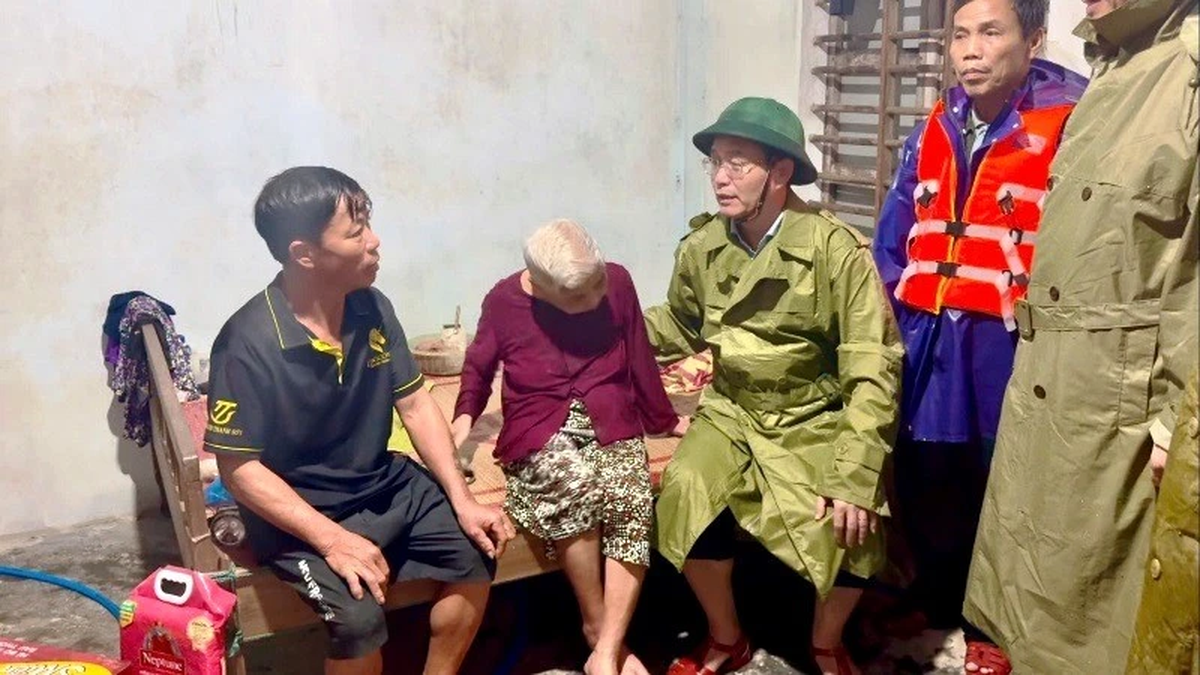
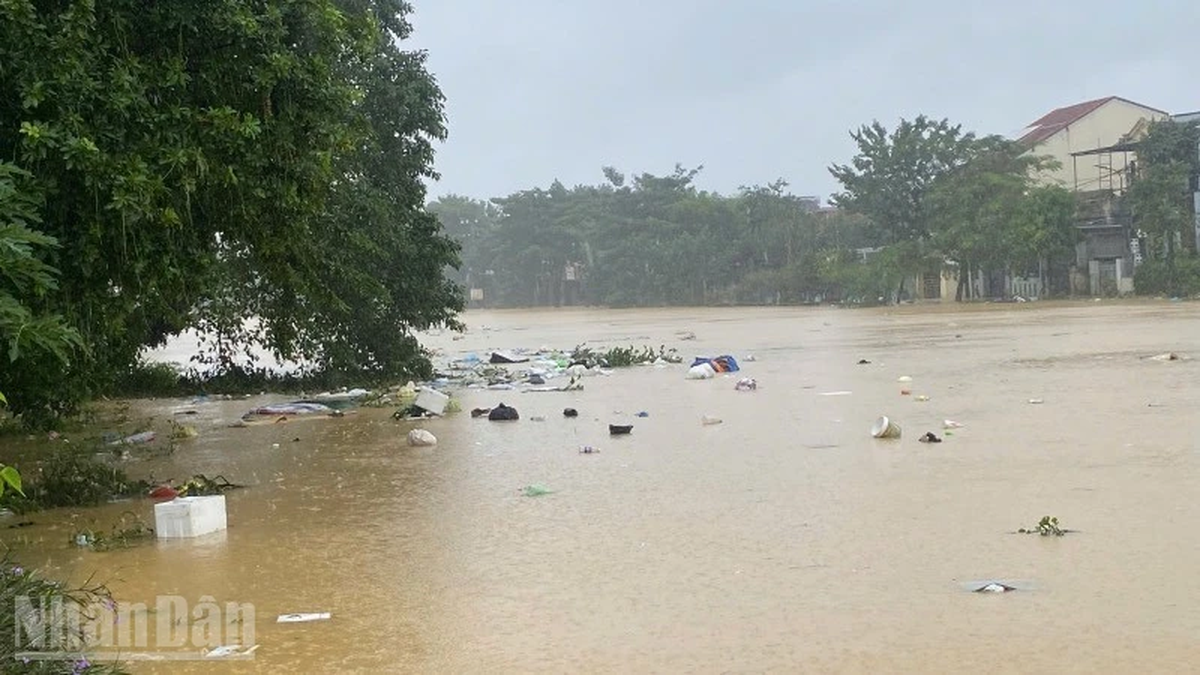
![[Photo] Hue: Inside the kitchen that donates thousands of meals a day to people in flooded areas](https://vphoto.vietnam.vn/thumb/1200x675/vietnam/resource/IMAGE/2025/10/29/1761738508516_bepcomhue-jpg.webp)
![[Photo] Prime Minister Pham Minh Chinh chaired a meeting to evaluate the operation of the two-level local government model.](https://vphoto.vietnam.vn/thumb/1200x675/vietnam/resource/IMAGE/2025/10/29/1761751710674_dsc-7999-jpg.webp)
![[Photo] Prime Minister Pham Minh Chinh chaired a meeting to discuss solutions to overcome the consequences of floods in the central provinces.](https://vphoto.vietnam.vn/thumb/1200x675/vietnam/resource/IMAGE/2025/10/29/1761716305524_dsc-7735-jpg.webp)
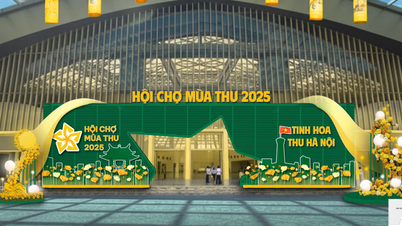








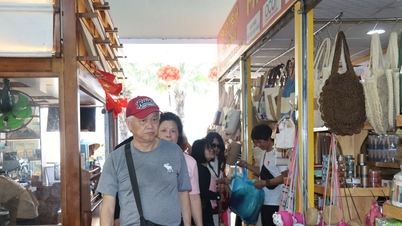


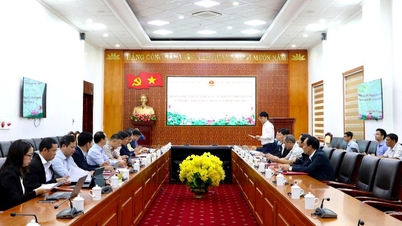

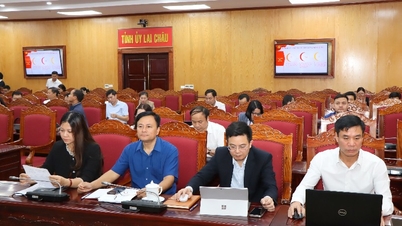
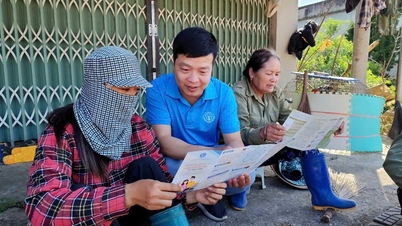
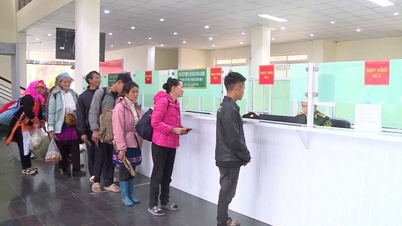








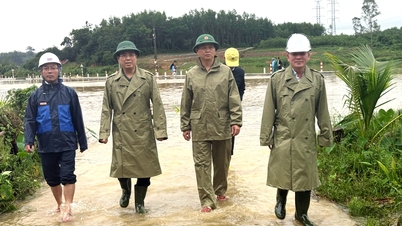













































![[Live] Concert Ha Long 2025: "Heritage Spirit - Brightening the Future"](https://vphoto.vietnam.vn/thumb/402x226/vietnam/resource/IMAGE/2025/10/29/1761743605124_g-anh-sang-am-thanh-hoanh-trang-cua-chuong-trinh-mang-den-trai-nghiem-dang-nho-cho-du-khach-22450328-17617424836781829598445-93-0-733-1024-crop-1761742492749383512980.jpeg)












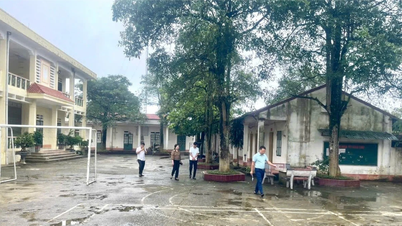
















Comment (0)